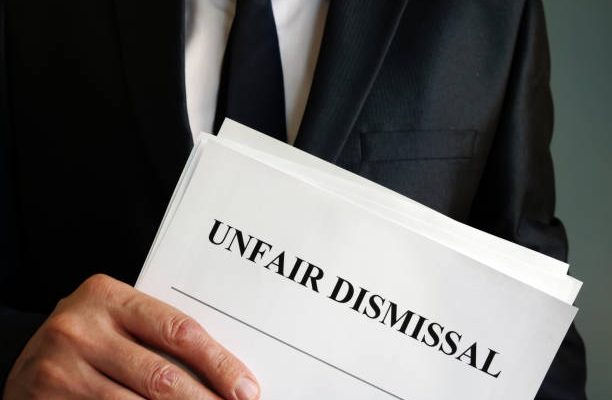Facing a wrongful termination lawsuit can feel overwhelming and confusing, especially if you’re new to the legal process. Questions about what comes next, how long it will take, and what you’ll need to do are common—and understandable.
If you believe you were fired unlawfully and are considering legal action, knowing what to expect during a wrongful termination lawsuit can help reduce stress and prepare you for the journey ahead.
In this post, we’ll walk through the typical stages of a wrongful termination lawsuit, what each phase involves, and how to work effectively with your attorney to build a strong case.
1. Initial Consultation and Case Evaluation
Every lawsuit begins with an initial consultation with an experienced wrongful termination attorney. This is your opportunity to share your story, review your documentation, and ask questions.
During this stage, the attorney will:
- Assess whether you have a valid wrongful termination claim.
- Explain your legal options.
- Outline the potential costs, benefits, and timeline.
- Discuss the next steps if you decide to proceed.
If the attorney agrees to represent you, they will begin preparing your case immediately.
2. Gathering Evidence and Filing a Complaint
Once you retain a lawyer, the next step is evidence collection. This includes gathering all relevant documents, such as:
- Employment contracts
- Performance reviews
- Emails and written communications
- Termination letters or severance agreements
- Company policies and handbooks
Your attorney may also interview witnesses or coworkers who can support your claim.
After gathering evidence, your lawyer will draft and file a formal complaint. This is a legal document submitted to the appropriate court that details the facts of your case, the laws your employer allegedly violated, and what remedies you seek.
Before filing a lawsuit, many wrongful termination claims require a charge to be filed with a government agency, such as the Equal Employment Opportunity Commission (EEOC). Your lawyer will guide you through this process if applicable.
3. The Employer’s Response
After you file your complaint, your employer (the defendant) has a specific time frame to respond. Their response, called an answer, addresses the allegations and may include defenses or counterclaims.
This phase often reveals the employer’s side of the story and can clarify the strengths and weaknesses of both parties’ cases.
4. Discovery Phase
Discovery is a critical stage where both sides exchange information to build their cases. This process can include:
- Written questions called interrogatories
- Requests for documents
- Depositions, which are sworn, out-of-court testimonies of you, your employer, or witnesses
Discovery allows your lawyer to uncover facts, verify evidence, and prepare for trial or settlement negotiations.
5. Settlement Discussions and Mediation
Many wrongful termination cases resolve before trial through settlement. Your attorney will negotiate with the employer’s lawyers to try to reach a fair agreement that compensates you for lost wages, emotional distress, or other damages.
Sometimes, courts or parties will use mediation, a form of alternative dispute resolution where a neutral third party helps both sides reach a compromise.
Settlement offers can come at any time during the case, so it’s important to work closely with your attorney to evaluate whether an offer meets your goals.
6. Trial Preparation
If your case doesn’t settle, the next step is preparing for trial. This involves:
- Finalizing evidence and witness lists
- Developing a trial strategy with your attorney
- Preparing for direct and cross-examination
- Filing any necessary pretrial motions
Trial preparation can take several months and requires your active involvement.
7. Trial
During the trial, both sides present their evidence and arguments before a judge or jury. You’ll have the chance to tell your story, and your attorney will work to prove that your termination violated the law.
Trials can last from a few days to several weeks, depending on the complexity of the case.
8. Verdict and Post-Trial Motions
At the conclusion of the trial, the judge or jury will deliver a verdict. If you win, you may be awarded damages such as back pay, front pay, emotional distress damages, and attorney’s fees.
The losing party can file post-trial motions or appeal the decision, which can extend the case’s timeline.
What You Can Do to Help Your Case
- Be honest and forthcoming with your attorney.
- Respond promptly to requests for information or documents.
- Keep organized records of all communications related to your case.
- Follow your attorney’s advice carefully.
Final Thoughts
While wrongful termination lawsuits can be complex and time-consuming, understanding the process can help you feel more confident and in control. Remember, you don’t have to navigate this alone—an experienced wrongful termination lawyer can guide you through each step and fight to protect your rights.
If you believe you were wrongfully terminated, consider consulting an employment attorney to discuss your situation and explore your options. We recommend wrongful termination lawyers maryland.










Comments